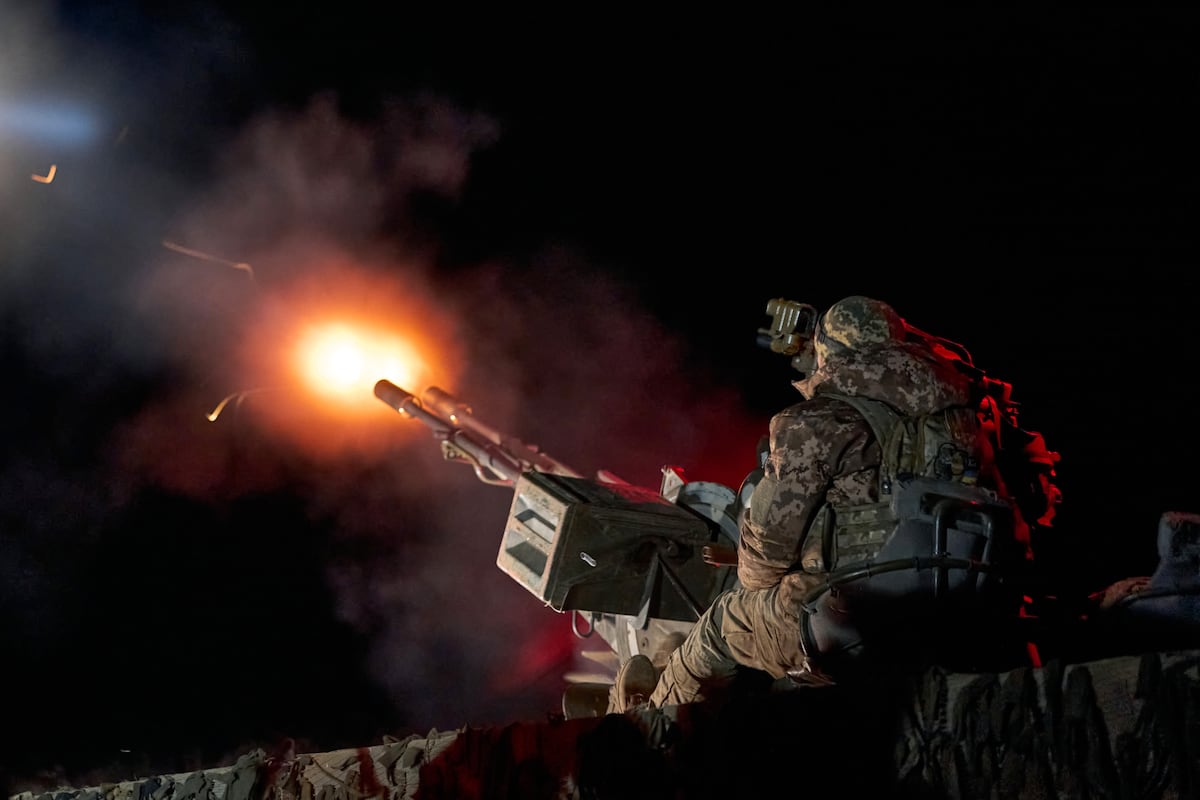Last Saturday, the House of Representatives finally overcame opposition from the MAGA movement [siglas en ingles de Hacer que Estados Unidos vuelva a ser grande] and approved a new aid package for Ukraine. The Biden Government surely had material ready to be sent, just waiting for authorization from Congress, so the effects of this legislative achievement will be rapid.
Like many observers, I am simultaneously relieved, embarrassed, angry and concerned about what happened. I am relieved that a beleaguered nation will likely receive aid in time to survive, at least for a while, something that was increasingly in doubt given the overwhelming superiority of Russian artillery. I am ashamed that things have come to this point, that the United States has come so close to betraying an endangered democracy. I am angry at the political faction that blocked aid for so many months, and not because of reasonable concerns about the cost, but surely because they want Vladimir Putin to win. And I worry because that faction is still powerful and could continue to condemn this European country.
But let me put emotions aside and try to do a little analysis. Specifically, let me weigh in on some of the myths surrounding aid to Ukraine. No, spending on this country is not a huge burden on the United States, at the expense of national priorities. No, the United States does not bear this cost alone, without the help of our European allies. Yes, American aid remains crucial, in part because Europe can provide money but is not yet in a position to supply enough military hardware.
To understand these points, I find it useful to remember a very clear historical parallel with current aid to Ukraine: Franklin Roosevelt’s Lend-Lease program, which began providing aid to the United Kingdom and China in 1941, before Pearl Harbor officially involved to the United States in World War II. It is often forgotten how controversial that aid was at the time. Many people probably know that there was a movement, America First or America First, which opposed providing any aid to the beleaguered United Kingdom, in part because some of its most prominent leaders, especially Charles Lindbergh, were racists and openly sympathized with the Nazis.
I suspect fewer people are aware that, even in Congress, Lend-Lease was a deeply partisan issue. The initial bill, enacted in early 1941, passed the House of Representatives with very little Republican support. Even more surprising, support for Lend-Lease was closely tied to economic ideology. Almost all Liberals were in favor of supporting the United Kingdom in its darkest hour; many conservatives, no. However, the aid was approved. Congress appropriated $13 billion before the attack on Pearl Harbor. At the time, this was a huge sum: around 10% of the annual GDP of the United States. However, and it is somewhat curious, weapons did not represent a large part of that total. Indeed, Europe had begun to rearm years before the Second World War began, while an isolationist United States had not developed a large defense industry. Consequently, most of the initial US aid took the form of food; At first we were less the arsenal of democracy than its granary.
How can aid to Ukraine compare to that experience? First, it is much smaller relative to the size of our economy. The package just approved will double the cumulative aid we have given to Ukraine, but its nearly $60 billion represents less than a quarter of 1% of GDP. Anyone who claims that an expense of this magnitude will break the budget, or seriously interfere with other priorities, is either incompetent in arithmetic, disingenuous, or both.
And what about claims that the United States bears too much of that burden? Last week, Donald Trump accused Europe of not paying its fair share: “Why has the United States contributed $100 billion more than Europe to the war in Ukraine, and yet an ocean separates us? Why can’t Europe match or match the amount contributed by the United States?
The answer to your questions is that your claims are false. As the Kiel Institute reports, “data show that total European aid has long surpassed American aid, not only in terms of commitments, but also in terms of specific aid allocations sent to Ukraine.”
What is true is that the United States has provided more military aid than Europe. Because? Recall that in the first year of the Lend-Lease program, the United States was not able to supply many weapons, despite the immense size of its economy, because many years of low military spending had left us with an underdeveloped military-industrial base. It took a couple of years for the industrial power of the United States to translate into comparable military power. Europe is currently in a similar situation. It has the money to help Ukraine, and generally also the will, but it does not have the production capacity to meet Ukraine’s military needs. Will this change? Europe is moving toward greater military capabilities, but more slowly than it should, and American help remains essential. So, as I said, I’m relieved that the United States has finally released essential aid, but I’m still very worried about the future. For now, at least, American support remains crucial to Ukraine’s survival.
